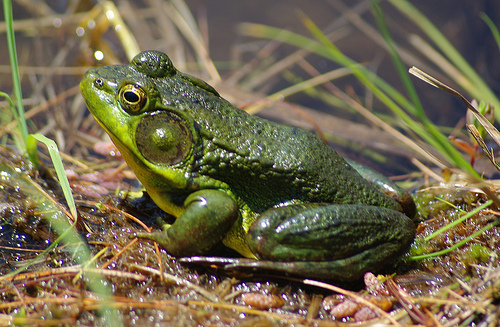 After roughly a year in space, American astronaut Scott Kelly has returned to earth. Respected, revered, loved, or whatever other adjective you want to grant him, Kelly is regarded positively by many for many things. Some activities he did while in space which contribute to his positive image:
After roughly a year in space, American astronaut Scott Kelly has returned to earth. Respected, revered, loved, or whatever other adjective you want to grant him, Kelly is regarded positively by many for many things. Some activities he did while in space which contribute to his positive image:
- A cover of David Bowie’s ‘Space Oddity’
- Some amazing images of natural phenomena
- Played dressed up as a gorilla to play a practical joke on fellow astronauts/cosmonauts
- Ate lettuce grown in space and
- Shared pictures of flowers he grew on the space station
NASA scientists are now studying the effects of space on astronauts by comparing Kelly to his twin, Mark. Hopefully this will help identify ways to better survive space for extended trips such as a trip to Mars.



